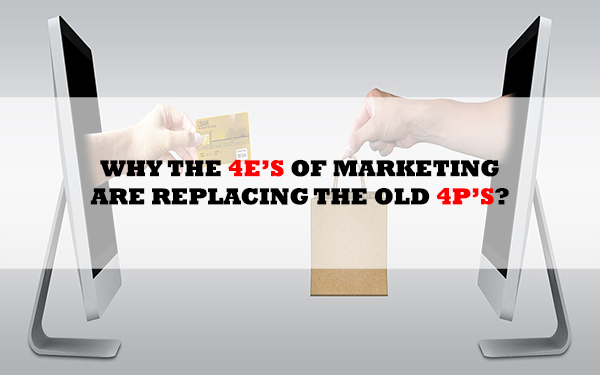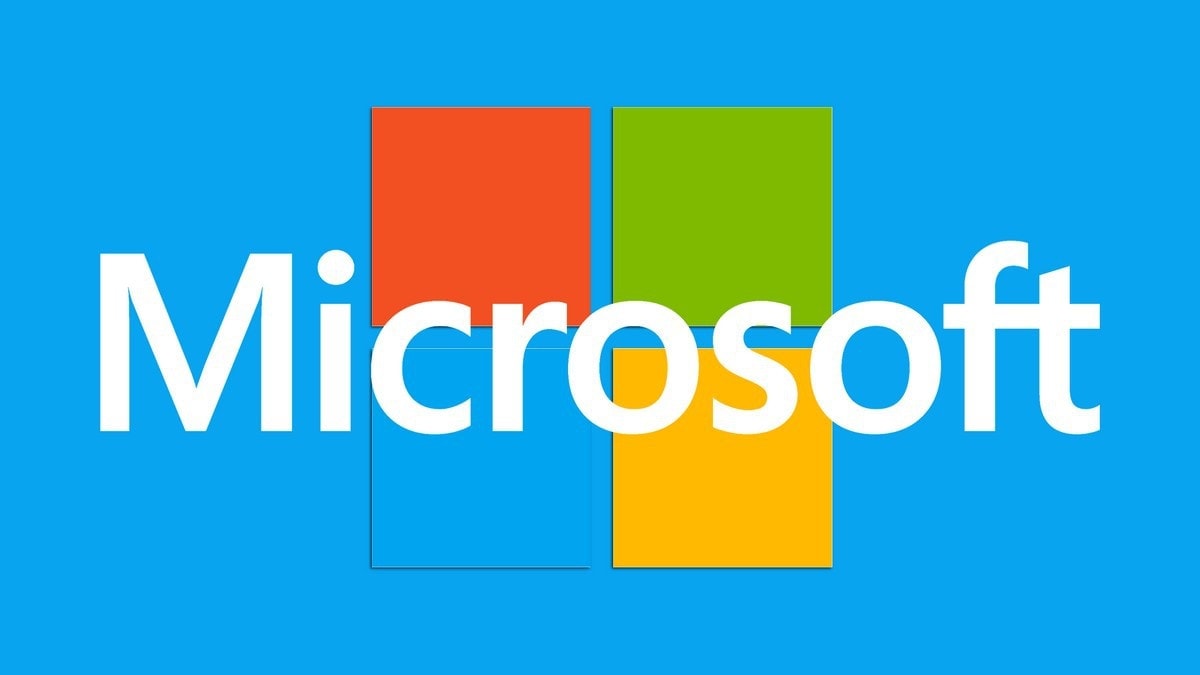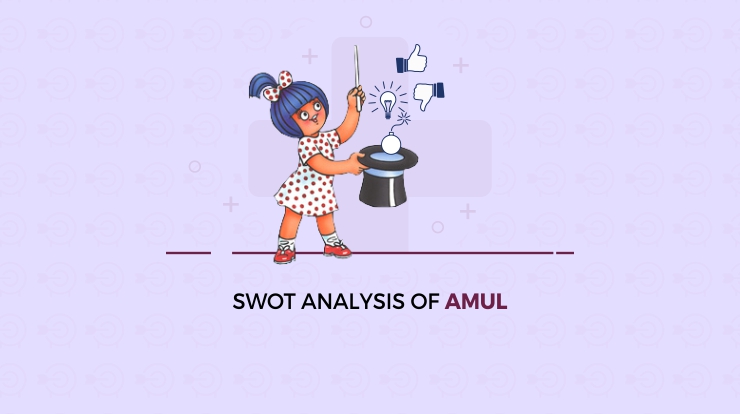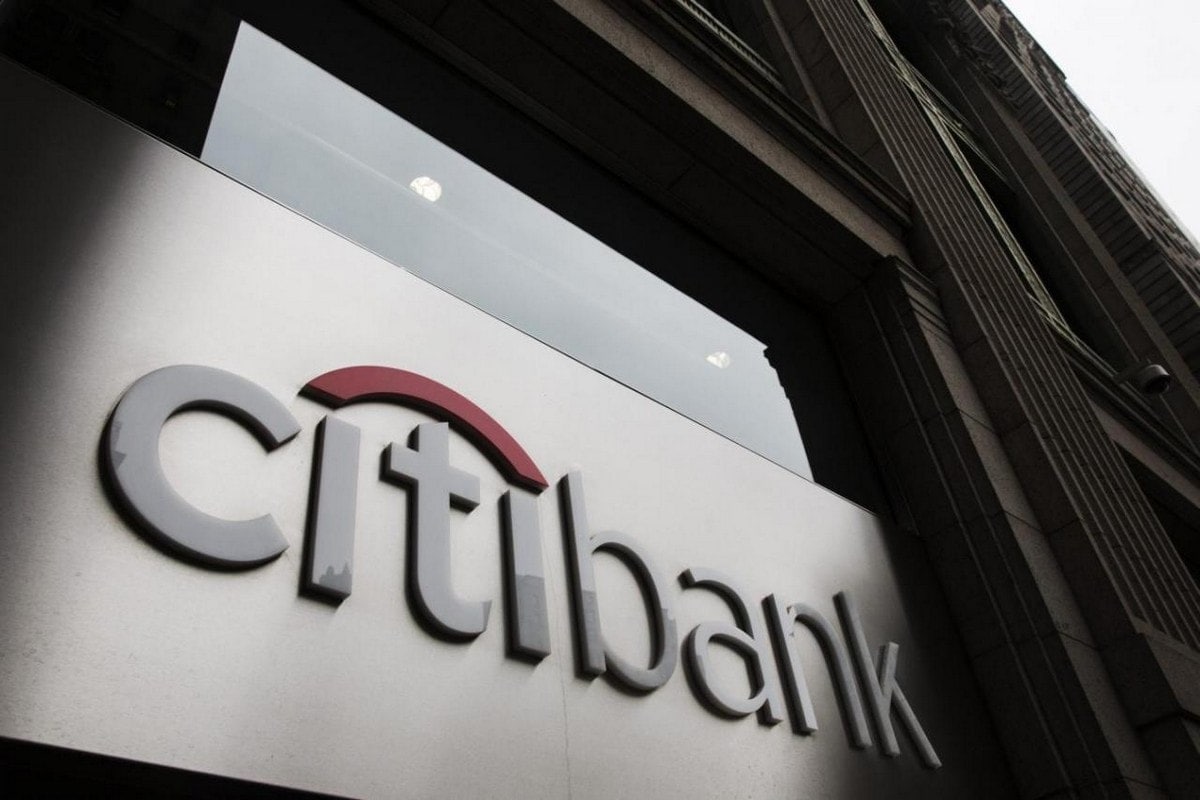Positioning and Differentiating the Market Offering Through Product Life Cycle
Positioning and Differentiating the Market Offering Through Product Life Cycle
Today’s markets represent the surplus market, with a wide range of product available for sell. Consumer has huge product offering to choose from, for soap, there are more than dozen brands and each brand has at least 4 or 5 varieties. Companies have to work on strategies, which would differentiate their products from competitors. This differentiation strategy also cannot last for long as competition is likely to catch very soon. Companies are aware of the product life cycle; challenge is to work up strategies for positioning and differentiating as to extend product life and making it profitable.
A market place has many segments out of which companies have to make a choice in which to operate. And within the market segment companies need to decide its offering and image. This process of identifying and build the brand image within a segment as to occupy presence in consumer mind is called positioning. Positioning is all about consumers rather than the product, the challenge is to develop a positive perception in consumer mind. Positioning is done based on an idea the product promotes, too many ideas will confuse the customer. Companies need to decide which idea to promote to be ahead of competition. Positioning should offer clarity to customer about what product is all about. For example, a competitor has similar positioning ideas, than the company is better positioning product where it enjoys a competitive advantage. Now, it is up to the marketing plan to create programs which highlight this positioning idea.
Positioning related marketing programs are responsible to pass unique selling proposition on to the customer. However, this can be taken forward with differentiation. Differentiation is process of adding more meaning to the product by highlighting attributes beyond the central theme. Task of differentiation is to highlight the relevant benefits in a distinctive manner which cannot be easily followed by competitors and provide profitable benefits to the company.
There are many differentiation tools available to the company to extract maximum benefits. The main variables which offer differentiation are product, service, personnel, channel and image. Product related attributes serve a good base of the differentiation. However, product differentiation varies depending on the nature of industry. For example, commodity products are difficult to differentiate on appearance where as automobiles present an opportunity with plenty of differentiations.
Service plays important differentiation tool where differentiation is difficult based on physical attributes of product. Differentiation in service can be achieved based on ordering ease, customer service during the sell, after sell customer service and consulting. One step forward in service is differentiation by personnel. By exhibiting a professional, reliable, quick and courteous response to customer can differentiate companies from competitors.
The distribution channel plays its part as differentiation tool and can prove to be competitive advantage. For example Dell computer through direct selling approach delivers computer system right at door step of home owners and offices.
Another important differentiation tool is image. There are various ways to achieve image differentiation depending on industry and market segment. Sponsoring of event and causes is one way building up image among consumers.
As pointed out earlier, company’s strategy has to change according to the stage in the product life cycle. The product life has introduction stage, growth stage, maturity stage and saturation stage. In introduction stage focus is on establishing a foothold in the market space and consumer mind, through promotion, product trial and establishing distribution channel. In growth stage, sales are increasing and company is striving for the number one space. Strategies here consist of acquiring new customer, expansion brand line and fighting of competition. In maturation stage, growth is not explosive as before, there are no further distributors to add and sales start a decline. Here companies attempt to streamline product category, enter new markets and modify product feature as well as attributes. In saturation stage, it is time for companies to review sustainability of product by conducting the cost benefit analysis and remove products, which are dragging on company’s profitability.
Markets in which companies are operating too have similar phases as products. Companies have to analyze positioning and differentiating strategies at various stages of the product and market life cycle.










